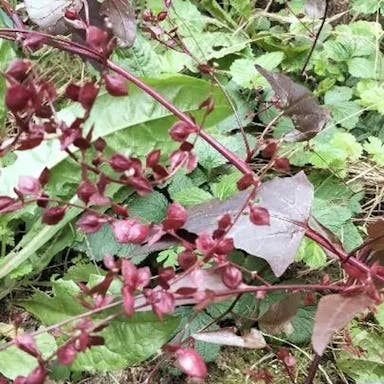Herniaria glabra, commonly known as Herniary breastwort, is a plant species that belongs to the Caryophyllaceae family. It is a low-growing annual plant that is native to South America. The flowers are small and white. The leaves are green and oval shaped. The fruit is a tiny capsule with seeds inside. It grows well in sandy soil and needs lots of sun. It spreads out along the ground. Some people add it to salads or use it to make tea. The chemicals in the plant might help with bladder infections. To summarize, Herniaria glabra is a spreading plant with white flowers and oval leaves. It comes from South America originally but people grow it other places too. The seeds and leaves can be eaten. It might also have healing effects on the body.
0
0












